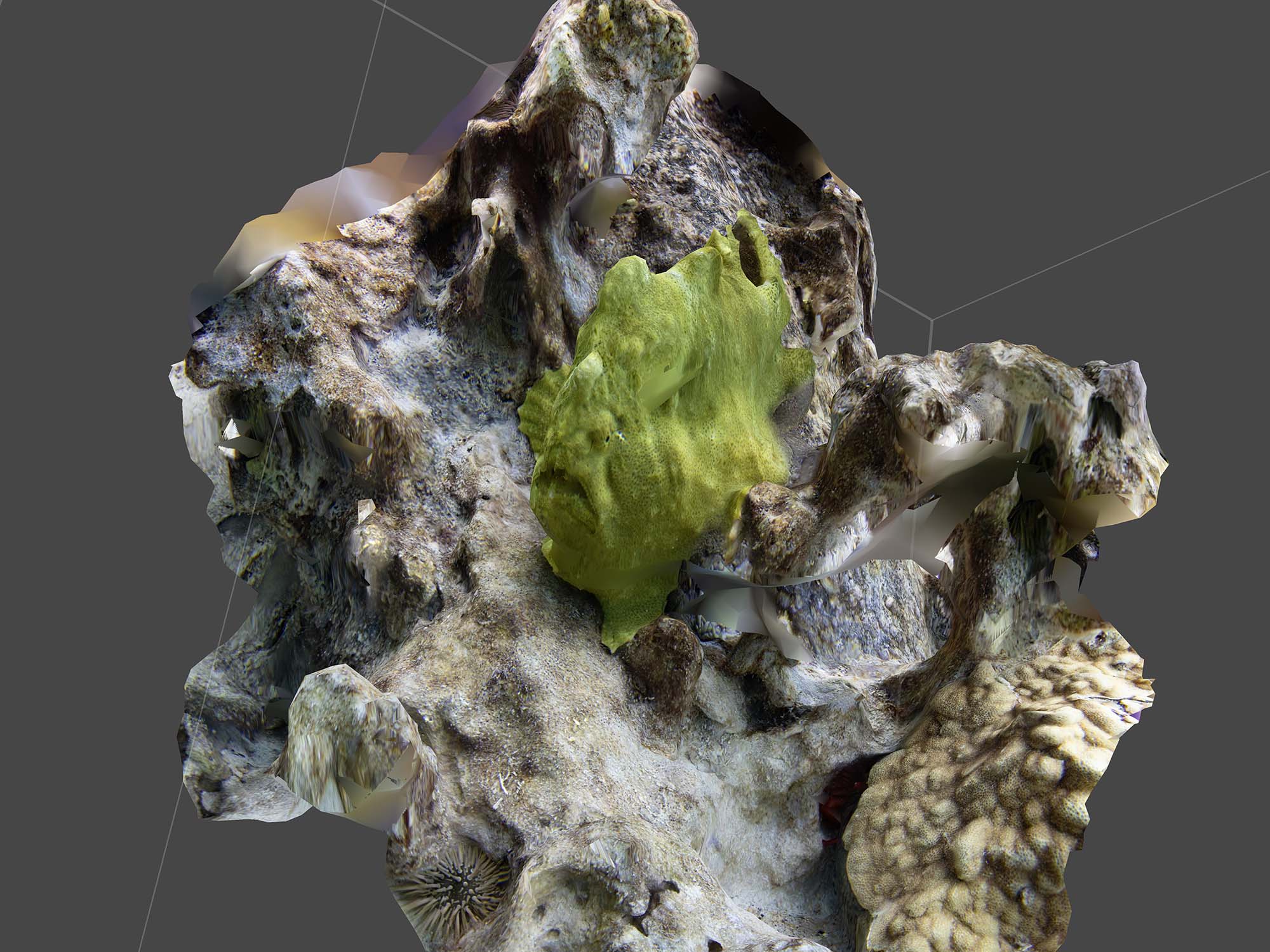Featuring Steve Miller
Anemones and their resident clownfish are some of the most photogenic subjects you can come across underwater. Ikelite Resident Photo Guru Steve Miller shares his tips on how to make the most of the experience with tips on composition, approach, and lighting.
Where to Find Clownfish
One of my favorite subjects to shoot is sea anemones with their resident clownfish. If you've dove the Caribbean a lot but haven't made it to the South Pacific, when you get there, it'll be a real treat.

Framing the Clownfish
Now, the first time that you find an anemone - and keep in mind these are big, these are anywhere from a size of a bowling ball to a beach ball. When you find one of these on a dive, doesn't matter whether you've got a macro wet lens or a fisheye super wide zoom, doesn't matter.
These are some of the best subjects you'll ever come upon. So when you see your first anemone, remind yourself, this is the ideal subject. Macro, wide angle, there's tiny fish, tiny shrimp living inside there, and the anemone itself is quite big. But think about it because this is one of the few times where your subject is not going to go anywhere. They're not going to run away.

Because anemone's aren't swimming away from you, you'll have plenty of time to perfect your shot. Or, you could try something new like Motion Blur. © 2024 Steve Miller
When you go to approach an anemone for the first time, think before you dive in about, well, how do I wanna approach this? How do I wanna light this? What do I wanna do with my strobes, my settings? And what do I want my background to be? Since anemones are fixed in position, more or less, they're static subjects, so you can set the scene up the way you want. It's best to think about that before you rush into the subject and start firing your strobes.
Using Strobes vs. Constant-On Lights
I prefer to shoot these with flash. If you're shooting video or using constant-on lights and they're of a very high lumen, I would warn you to be very careful.
Some of these lights when we're shooting at two, three feet away - which is what you're gonna wanna do for macro or super wide - you will actually feel the heat from constant-on lights. This is one of the reasons I prefer strobes. Constant-on lights can work great, but keep in mind that if you keep them on that anemone for too long, they're actually going to change. You may see them go from open to closed or closed to open.
Be respectful of these very special subjects that can only be found in certain parts of the world.

Lighting is a must when shooting anemones because there's a ton of rich color just waiting to be photographed. We recommend strobes as the least invasive type of lighting for this situation.
Additional Viewing
Clowning Around | Shooting the Anemonefish Circus
Clownfish Underwater Camera Settings
Anemone Underwater Camera Settings and Technique
Why You Need Strobes Underwater
Why Wakatobi Should Be On Your Bucket List
Close Focus Wide Angle In Depth
How to Photograph Superheroes Underwater
 Ambassador Steve Miller has been a passionate teacher of underwater photography since 1980. In addition to creating aspirational photos as an ambassador, he leads the Ikelite Photo School, conducts equipment testing, contributes content and photography, represents us at dive shows and events, provides one-on-one photo advice to customers, and participates in product research and development. Steve also works as a Guest Experience Manager for the Wakatobi Dive Resort in Indonesia. In his "free" time he busies himself tweaking his very own Backyard Underwater Photo Studio which he's built for testing equipment and techniques. Read more...
Ambassador Steve Miller has been a passionate teacher of underwater photography since 1980. In addition to creating aspirational photos as an ambassador, he leads the Ikelite Photo School, conducts equipment testing, contributes content and photography, represents us at dive shows and events, provides one-on-one photo advice to customers, and participates in product research and development. Steve also works as a Guest Experience Manager for the Wakatobi Dive Resort in Indonesia. In his "free" time he busies himself tweaking his very own Backyard Underwater Photo Studio which he's built for testing equipment and techniques. Read more...











![FOUND NEMO?! Photographing Clownfish and Anemones Underwater [VIDEO]](http://www.ikelite.com/cdn/shop/articles/Clownfish_Finding_Nemo_Blog_Cover.jpg?v=1724785632&width=1500)

![Tips for Diving with an Underwater Housing for Beginners [VIDEO]](http://www.ikelite.com/cdn/shop/articles/Tips_for_Diving_with_an_Underwater_Housing_for_Beginners_copy.jpg?v=1725981691&width=2000)